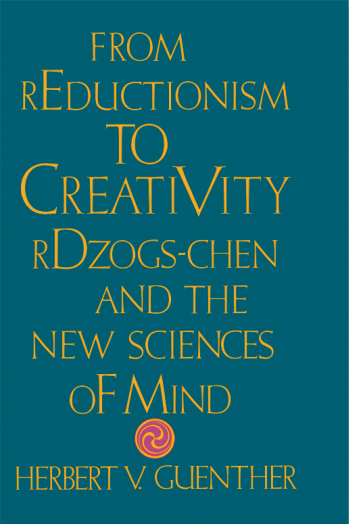- Forewordix
- Acknowledgmentsxv
- Introduction1
- 1 ABHIDHARMA : ITS SCOPE AND MEANING9
- The Meaning of the Term Abhidharma9
- The Meaning of the Term Buddha13
- 2 THE OPERATIONAL SYSTEM "MIND"15
- The Importance of a Healthy Attitude15
- A Structural Model of "Mind"23
- "Mind" as a Self-Structuring Process34
- 3 THE CONTEXTUALIZED SYSTEM "MIND"41
- Sociocultural Operators41
- 4 POLLUTANTS AND QUASI POLLUTANTS52
- Pollutants52
- The Quasi Pollutants58
- Summary61
- 5 CONCENTRATION, CONTEMPLATION, MEDITATION:
PRELIMINARIES ON THE WAY OF GROWING UP62- Objectivistic-Reductionistic Concentration66
- Mentalistic-Creative Contemplation81
- Holistic Imparting of Meaning89
- 6 THE WAY: THE EARLIER VIEW I95
- Introductory Remarks95
- The Theravāda Conception of the Way97
- 7 THE WAY: THE EARLIER VIEW Il106
- The Śrāvaka and Pratyekabuddha Ways106
- The Śrāvaka Conception of the Way106
- The Pratyekabuddha Conception of the Way122
- 8 THE WAY: THE LATER VIEW I126
- The Bodhisattva Way I: Prelude126
- The Meaning of the Terms Bodhisattva and Bodhicitta126
- rigs/khams128
- de-bzhin/bde-bar gshegs-pa'i snying-po132
- The Activation of Bodhicitta136
- Ethics and Sociocultural Levels145
- 9 THE WAY: THE LATER VIEW II151
- The Bodhisattva Way II: The Exact Itinerary151
- The Build-up Phase151
- The Probability of a Breakthrough161
- The Way of Seeing165
- The Way of Cultivating What Has Been Seen172
- The Way of No More Learning174
- 10 RDZOGS-CHEN: SUPERCOMPLETENESS I184
- Introductory Remarks184
- The rDzogs-chen Program188
- 11 RDZOGS-CHEN: SUPERCOMPLETENESS II195
The Homologous Evolution of Man and God / Teacher The Evolution of the God/Teacher Idea 195 The Evolution of Man as the Holomovement's Errancy Mode 12 RDzoGS-CHEN: SUPERCOMPLETENESS III 106 Ontological Differen ce and Coordinated Hierarchy The Ontological Difference 2.-06 Coordinated Hierarchy 2.1 s 13 RDZOGS -CHEN: SUPERCOMP LETENESS IV The Role of Fluctuations in an Individual's Psychic Evolution 2,1.3 1.2.3 199 The Homology of Mcntation Pollutants and 12.3 Originary -Awarencss Modes The Dynamics of SeJf-Organizarion: 135 Obscuration and Clearing Epilog,u 2.4 s Notes 149 References 184 Jnckxes 2.91 A. Technical Terms B. Subjects 300 195 2.06


